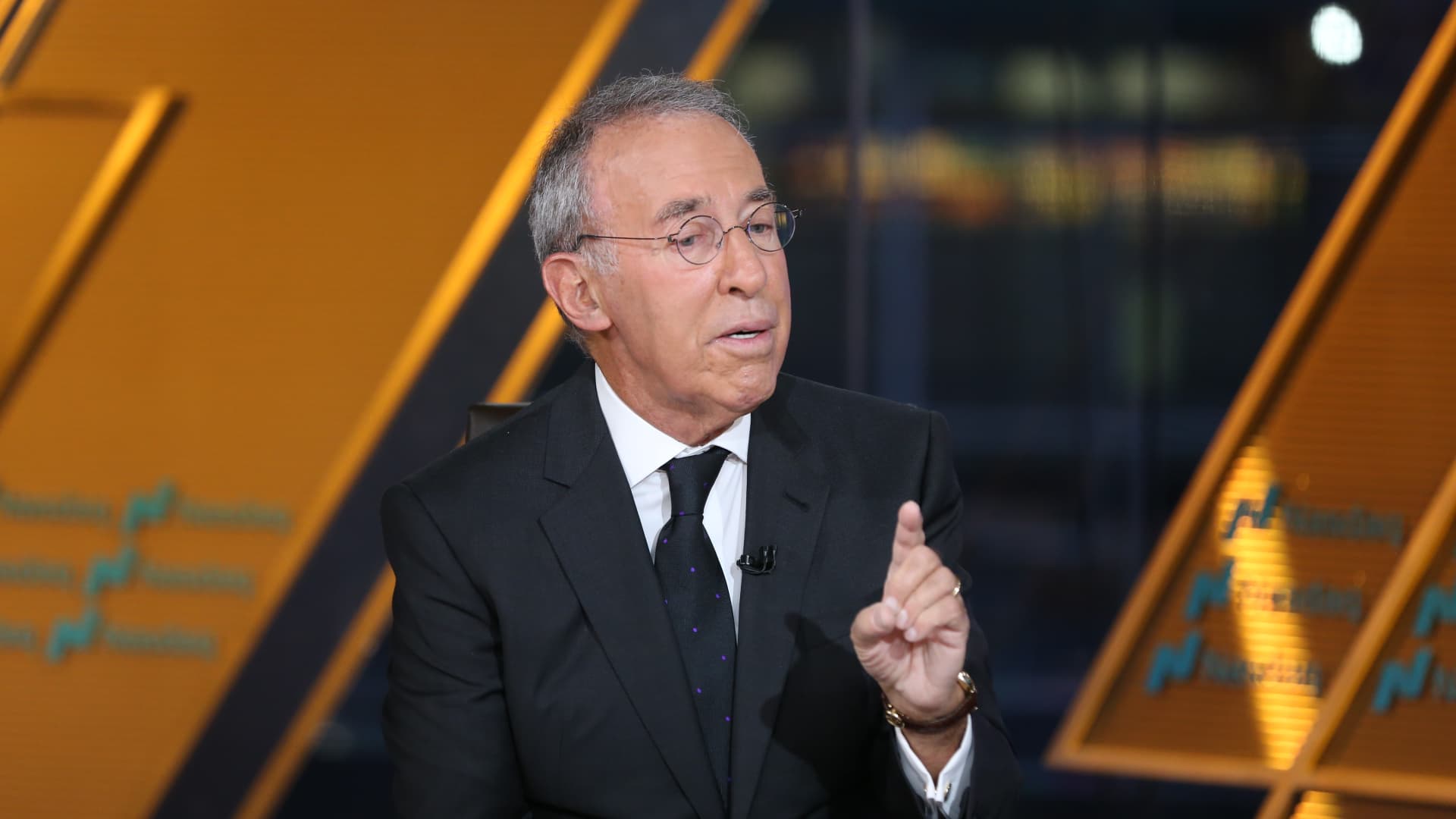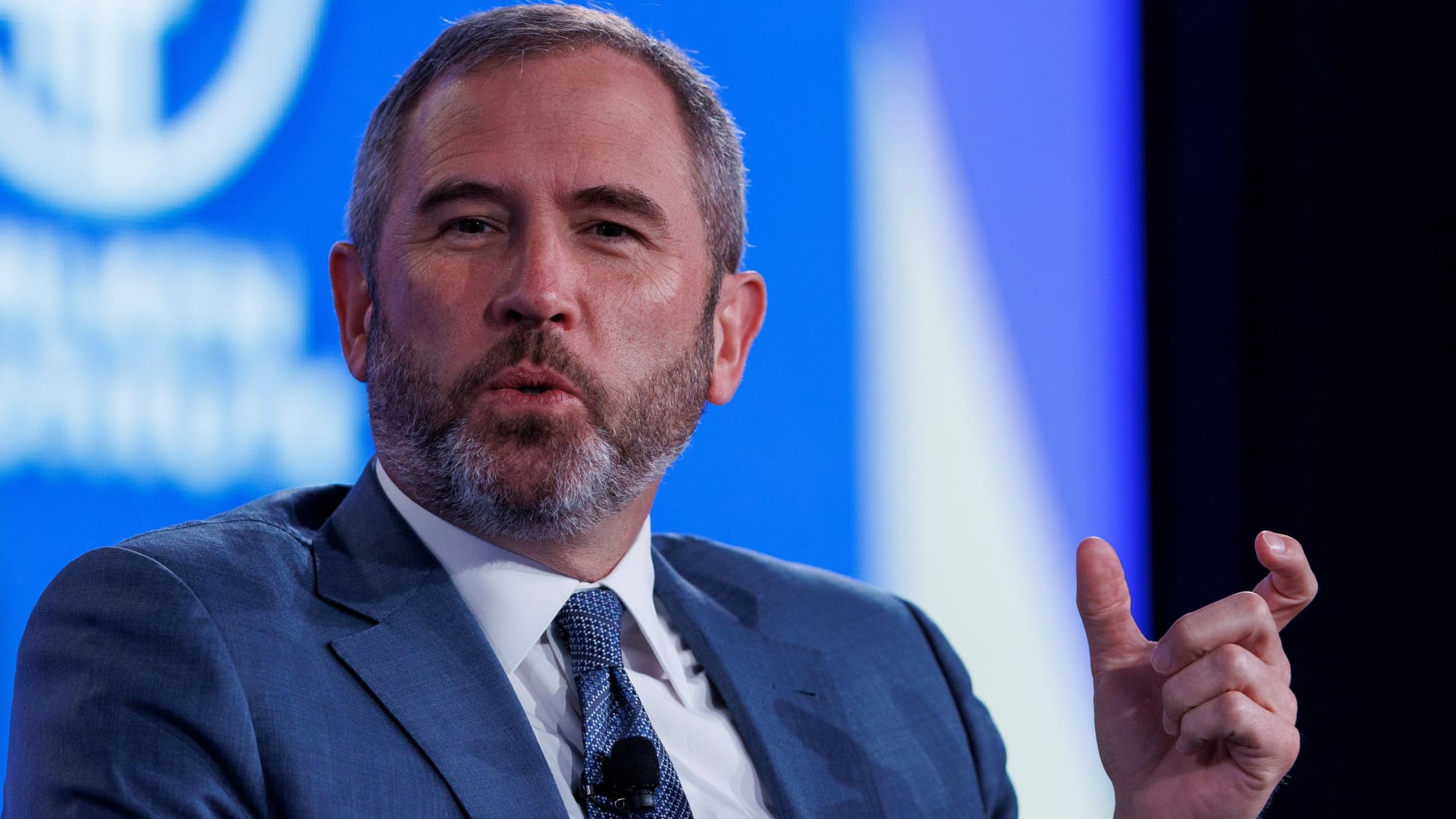Why Your Marital Status Could Influence Whether You Own Stocks
:max_bytes(150000):strip_icc():format(jpeg)/GettyImages-1299430652-5645076abbde44aab036f02a48bfe4ca.jpg)
:max_bytes(150000):strip_icc():format(jpeg)/GettyImages-1299430652-5645076abbde44aab036f02a48bfe4ca.jpg)
miljko / Getty Images
People who are married are far more likely to own stocks, whether personally or jointly with their spouse, than single adults.
The higher household income achieved with two paychecks is a big factor but it isn’t the only one. Research finds that economic risk-sharing nudges married couples into the market while many singles remain on the sidelines.
We explain below why being married means you’re more likely to be in the market.
Key Takeaways
- Married adults are far more likely to report owning stocks than single adults.
- Combined incomes, pooled emergency funds, and the option to lean on a partner if one job disappears let married investors accept market risk more readily.
- When one partner has stock market experience, the other is far more likely to start investing after they get together.
Household Income and Risk Pooling
According to Gallup’s latest survey data, 77% of married Americans say they own stocks, individually or jointly with their spouse, whether directly or via mutual funds or retirement accounts. That compares with just 49% of single adults. Married couples are also far more likely to have tax-advantaged retirement accounts.
What explains this gap? First, a married couple with two salaries likely enjoys higher household earnings than a single individual, and therefore, more money left over to invest.
Crucially, having two salaries also reduces risk in one area of a married couple’s economic life, enabling them to take on more risk via the stock market. Consider that if one partner loses their job, the other’s salary will help carry them, making an unexpected layoff or medical bill less likely to burn through savings or force a fire sale of existing investments. That cushion encourages couples to open brokerage accounts earlier and keep contributing through downturns.
Marriage as a ‘Safe Asset’
In fact, some economists see marriage as a sort of “safe asset” that lowers overall household risk, especially for women. Households became nearly ten percentage points more likely to own equities within two years of marrying. Data also show that separated individuals pair that back again after divorce, suggesting the “spousal safety net” effect fades once the partnership ends.
Gender Differences and Shared Decision‑Making
Even if one spouse isn’t an investor, social learning is often at work: if the other is, it can bring them into the fold. Recent studies find that when one partner already has stock market experience, the other is far likelier to start investing after moving in together (and single men are more likely to be shareholders than single women). Research from Denmark also finds women’s stock ownership climbs markedly after marriage, with men showing smaller but still positive shifts.
But there are some caveats. Behavioral research indicates that single men tend to trade more aggressively—sometimes to their detriment—while married investors, particularly women, may under‑diversify by overweighting employer stock or keeping excess cash.
Still, the overall direction of the evidence is clear: marriage raises stock market participation, and the couple’s internal dynamics shape how much risk they ultimately take.
The Bottom Line
With higher household incomes and psychological safety nets, marriage stacks the odds in favor of owning stocks. Singles can narrow the gap by automating contributions, building an emergency fund, and seeking outside accountability—from a friend, financial planner, or even a roboadvisor app—to help replicate the risk‑sharing and information benefits couples naturally enjoy. In the end, relationship status should inform, but not dictate, your investing choices.









